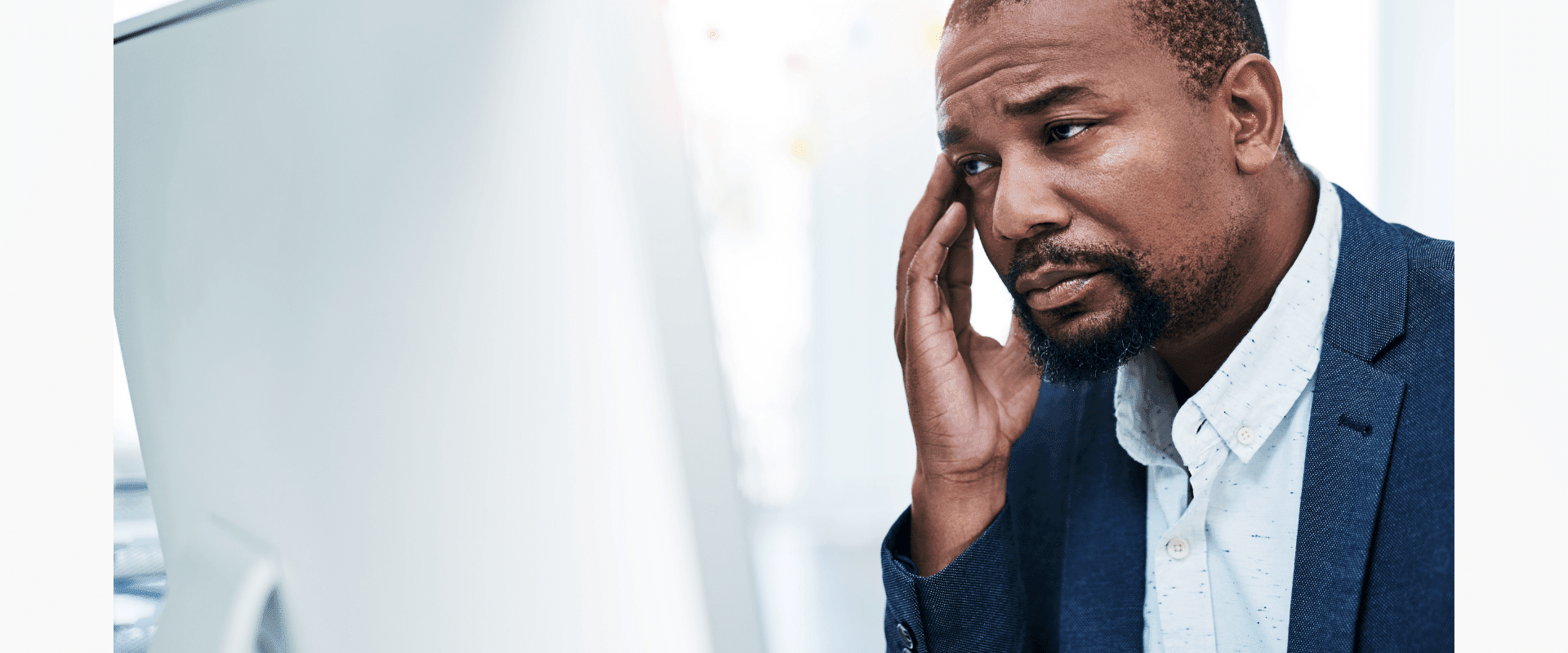The Health Effects of Noise have been well documented for many years with the emphasis being on the physical aspects of hearing damage.
However, in recent years the psychological effects of noise have also been recognised and are now part of the ever expanding area of occupational health which covers conditions such as mental health, workplace stress and violence at work to name but a few.
So what are the health effects of noise?
As well as the physical effects of persistent loud noise causing progressive hearing damage, and the acutetemporary discomfort from sudden loud noises, there is more and more concern over the phycological factors of noise.
Physiological effects from noise pollution increasingly have an adverse effect on health issues such as stress and raised blood pressure.
Recent research has demonstarted that industrial workers who are regularly exposed to high noise levels have increased incidents of nausea and headaches. In turn this can contribute (or it might be stand alone) to argumentativeness, changes in mood and anxiety.
Unfortunately, the psychological symptoms of noise pollution manifest as distractions and annoyances, which can be just as disruptive as physical and physiological effects when it comes to productivity.
Different noise types require differing coping strategies. Higher frequency noise has been found to be more of a nuisance than lower frequency noise.
For example, the low rumbling of traffic or humming of machinery can be considered background noise, wheras a high pitch screecing type noise such as that from a bench saw or an audible warning alarm are considered a call to action and produce a fight or flight surge.
Noise doesn’t just affect people during the day, but can also be a considerable factor throughout the night. Noise can affect sleep by causing restlessness and frequent waking.
Studies of people that live near an airport report more stress headaches, increased blood pressure and overall being tense and edgy, and many studies have shown that children with persistent exposure to aircraft noise have reduced motivation and lower achievement records.
What can be done to tackle the problem?
Considerable concern over the increasing cases of occupational deafness in the UK eventually led to the introduction of the Control of Noise At Work Regulations 1989 and the revised Noise At Work Regulations 2005.
The main requirements of these regulations in order to combat the health effects of noise require the employer to:
> Assess noise levels and keep records.
> Reduce the risk from noise exposure by introducing engineering controls to permanently bring the noise level down, and the provision and maintenance of hearing protection as a last resort.
> Provide employees with information and training.
> To place a duty on manufacturers or suppliers of hearing protection equipment to have relevant data available detailing the noise protection level of the equipment.
Control by design.
Industry and occupations worldwide have noise issues, including construction, entertainment, armed forces, police, fire, ambulance services, call centres, manufacturing etc, to name but a few.
However, the emphasis should no longer be to rely solely on the hearing protection devices to block it out, but to introduce engineering controls to reduce the noise at source.
This might for example include relocating the equipment into a dedicated room rather than on a workshop floor, introducing sound protection screens, or a sound muffler.
Other examples might be to ensure that the equipment is regularly serviced or replaced to keep up with the latest regulations placed on manufacturers.
Measures such as these should also help to protect people outside of the work environment too. After all, who hasn’t been incensed by the noise of a diesel powered generator during roadworks, or the jack-hammer it’s powering.
PPE as hearing protection.
If personalized hearing protection has to be used then it should be a correct fit for the wearer, have suitable protection for the noise level the wearer is subject to, be comfortable to wear so there is little temptation to remove it and be used for periods of short duration or noise exposure.
There are many different types of hearing protection and noise defenders on the market from disposable ear plugs, to basic ear muffs, right through to ear protection that cancels out the background noise electronically allowing the user to carry on with a relatively normal conversation.
Choose wisely as hearing is easily damaged, often with irreversibly results.
And last but not least
We all have a role to play in effective health and safety, and for those actively involved in promoting safe working practices it can be a rewarding, interesting and varied role.
Please visit this site often where you will find a growing number of articles, resources, advice and opinion.
Whether you are a seasoned health and safety professional, or just getting started, we value your opinions and input so please feel free to comment on any of the posts.
Due to the ever-changing nature of regulations and the law, please visit http://www.hse.gov.uk/ for the very latest information and updates.


It’s about time noise in the workplace was taken seriously. We thought it was manly years ago not to wear any PPE. Just glad times have changed for the better.
It still amazes me that so many workers think it’s sufficient just to wear a hi-viz jacket and that will protect them from everything.